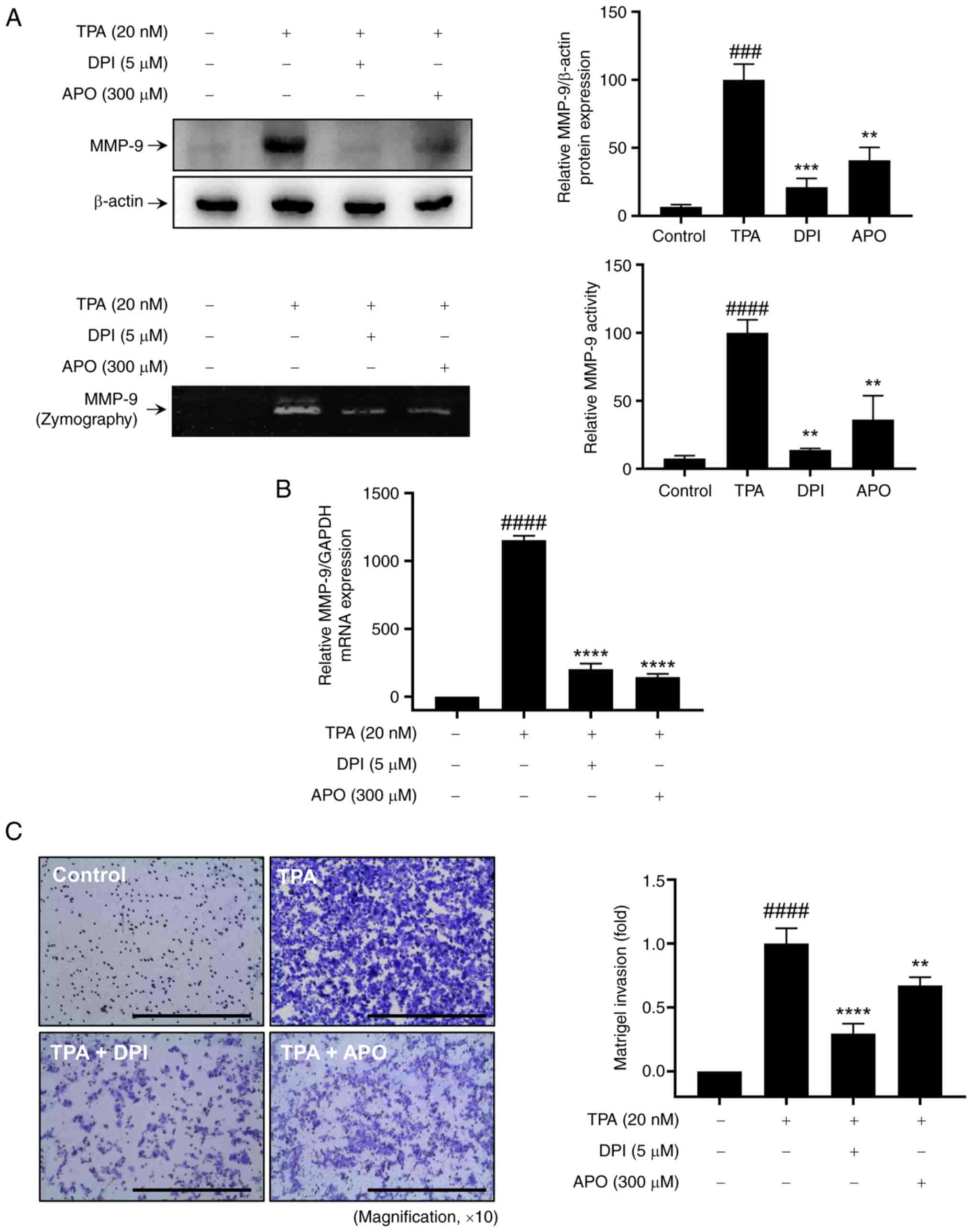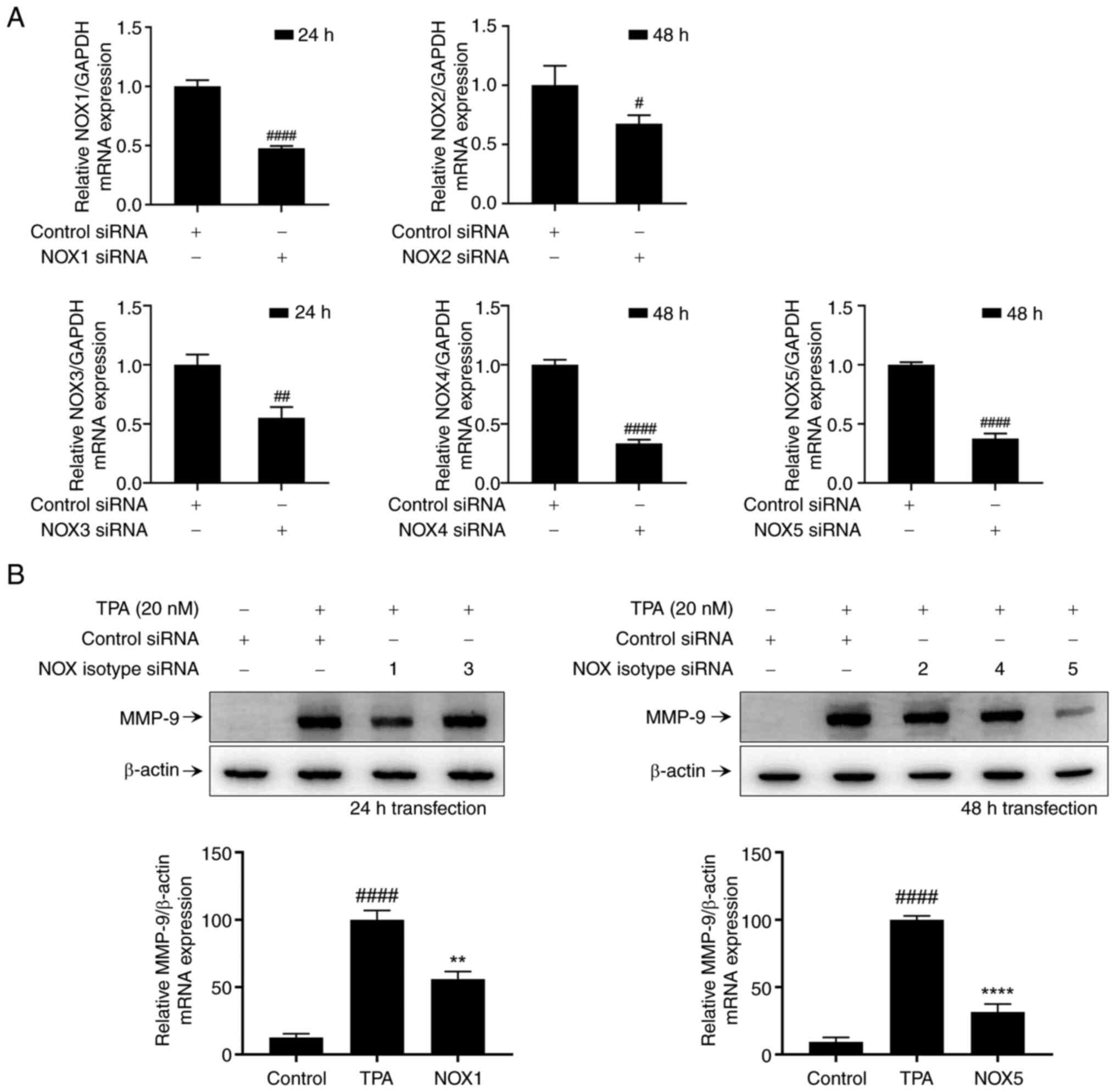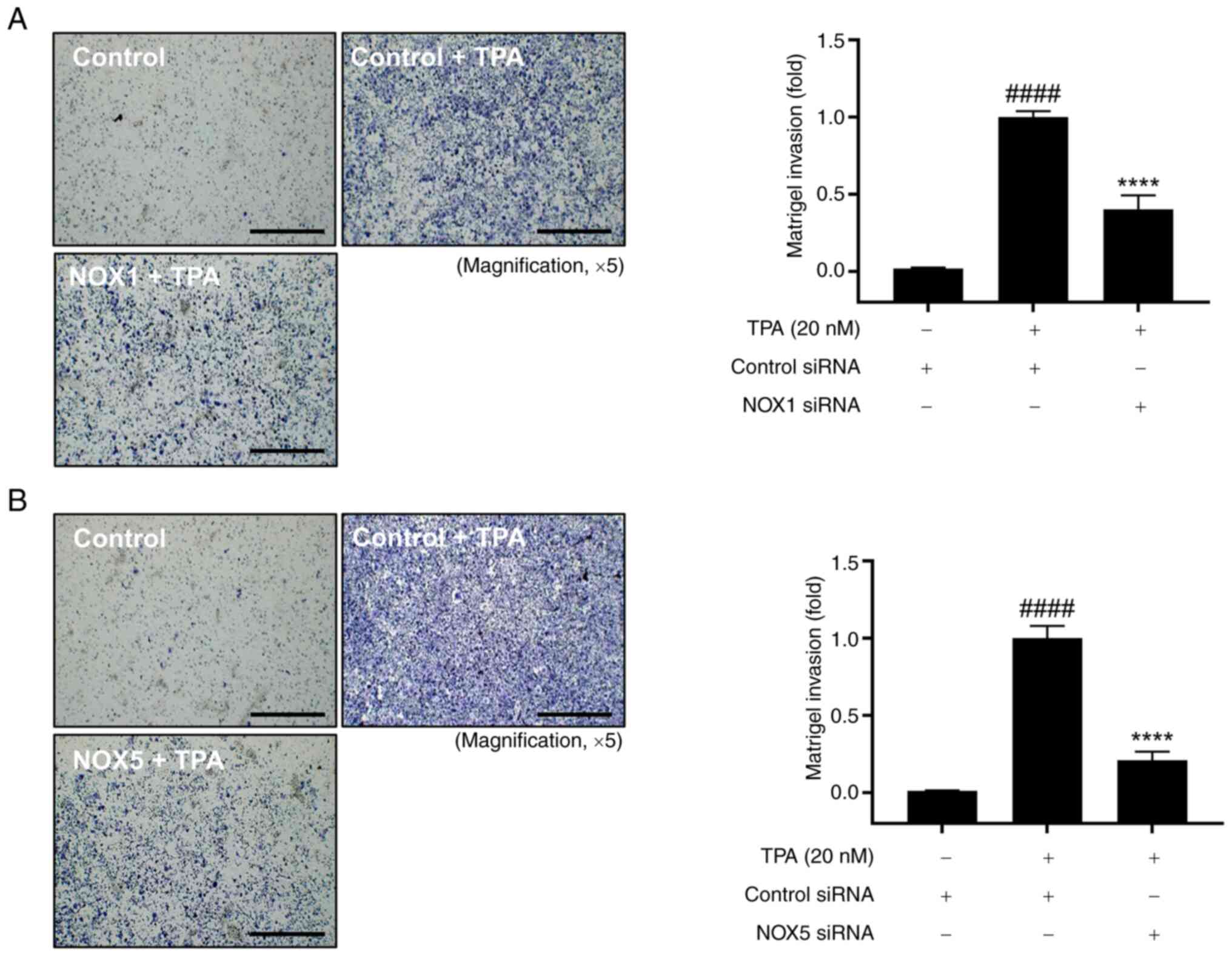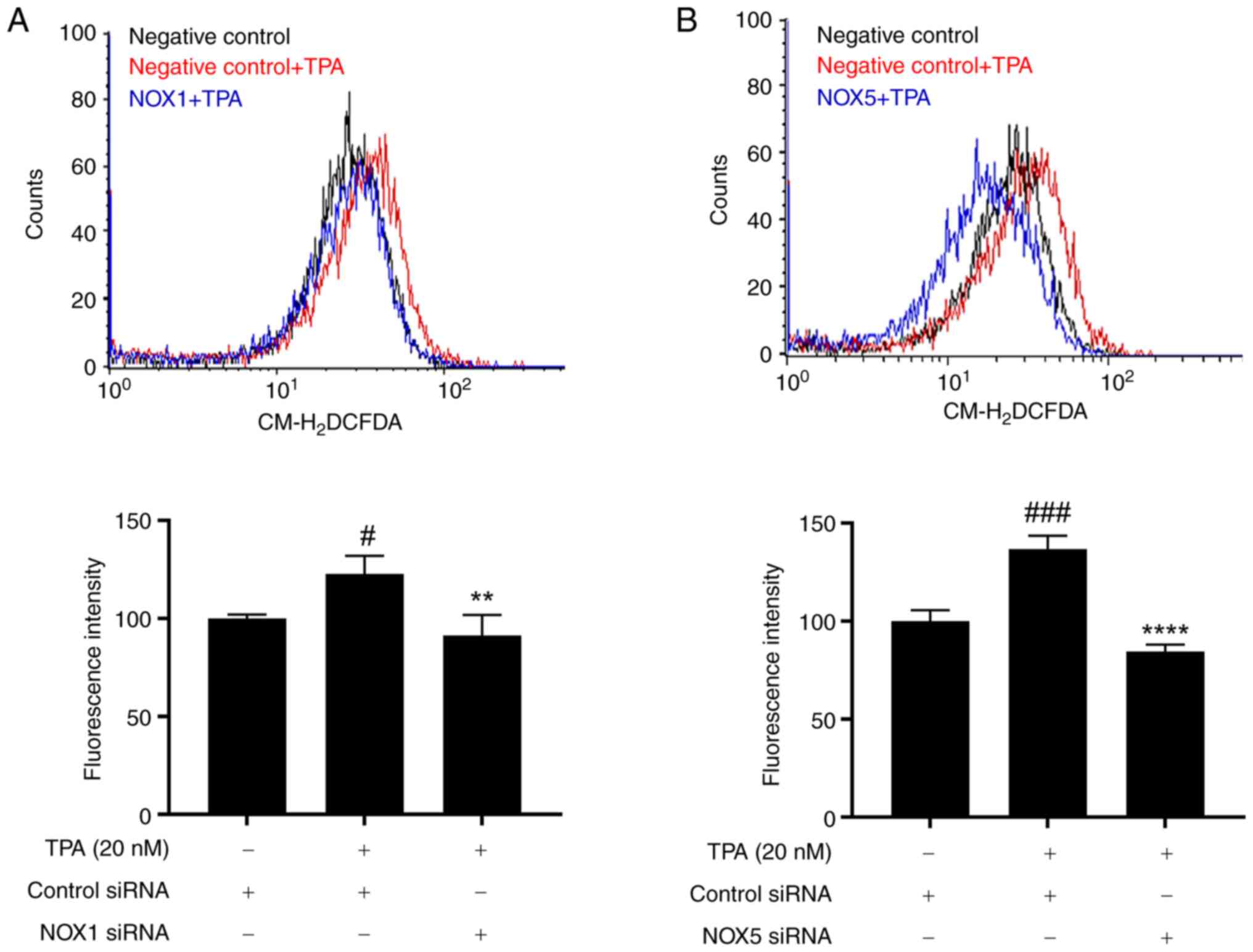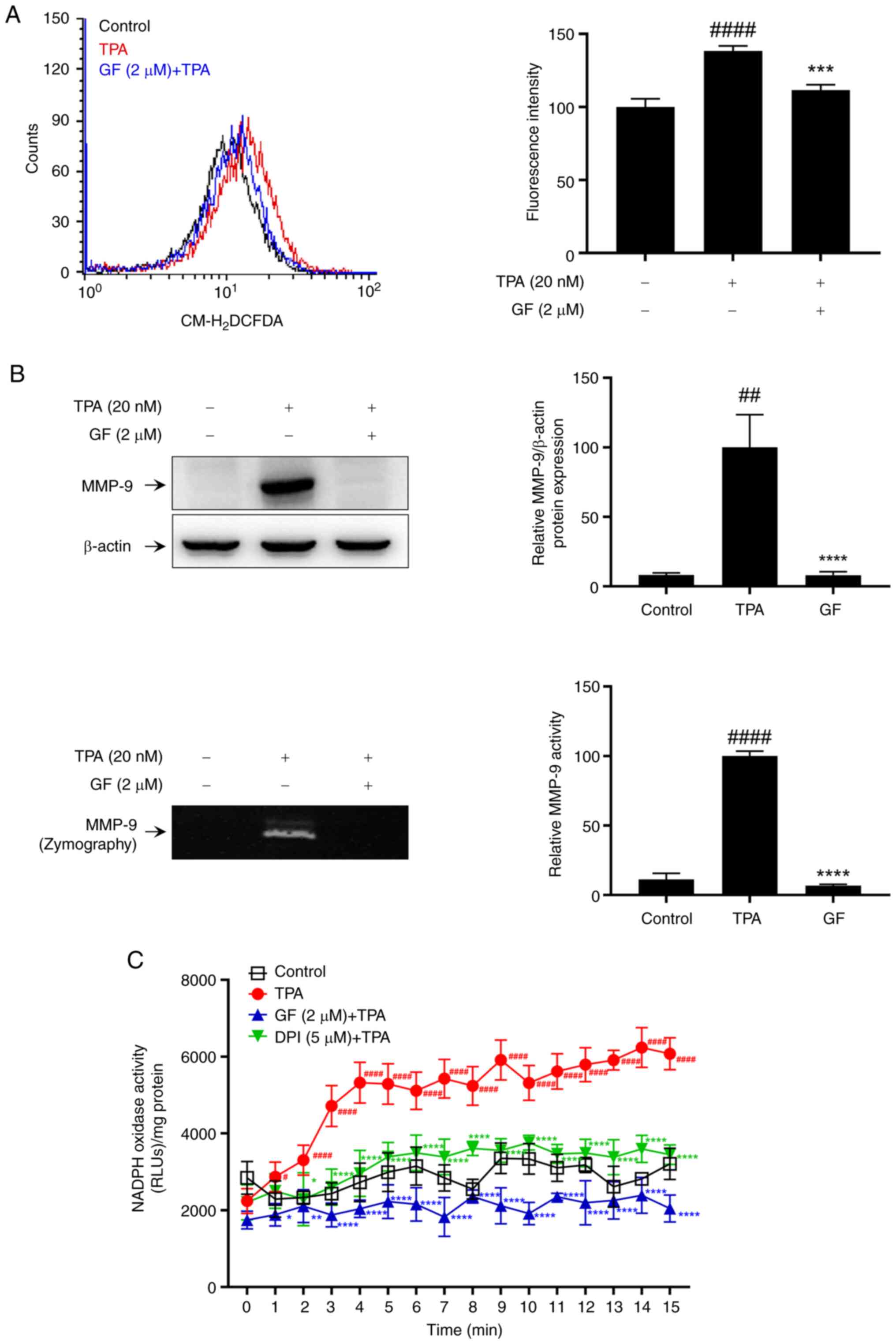|
1
|
Jemal A, Murray T, Ward E, Samuels A,
Tiwari RC, Ghafoor A, Feuer EJ and Thun MJ: Cancer statistics,
2005. CA Cancer J Clin. 55:10–30. 2005. View Article : Google Scholar : PubMed/NCBI
|
|
2
|
Anne N, Sulger E and Pallapothu R: Primary
squamous cell carcinoma of the breast: A case report and review of
the literature. J Surg Case Rep. 2019:rjz1822019. View Article : Google Scholar : PubMed/NCBI
|
|
3
|
Zagelbaum NK, Ward MF II, Okby N and
Karpoff H: Invasive ductal carcinoma of the breast with
osteoclast-like giant cells and clear cell features: A case report
of a novel finding and review of the literature. World J Surg
Oncol. 14:2272016. View Article : Google Scholar : PubMed/NCBI
|
|
4
|
Berman AT, Thukral AD, Hwang WT, Solin LJ
and Vapiwala N: Incidence and patterns of distant metastases for
patients with early-stage breast cancer after breast conservation
treatment. Clin Breast Cancer. 13:88–94. 2013. View Article : Google Scholar : PubMed/NCBI
|
|
5
|
Chambers AF and Matrisian LM: Changing
views of the role of matrix metalloproteinases in metastasis. J
Natl Cancer Inst. 89:1260–1270. 1997. View Article : Google Scholar : PubMed/NCBI
|
|
6
|
Woessner JF Jr: Matrix metalloproteinases
and their inhibitors in connective tissue remodeling. FASEB J.
5:2145–2154. 1991. View Article : Google Scholar : PubMed/NCBI
|
|
7
|
Mizutani K, Kofuji K and Shirouzu K: The
significance of MMP-1 and MMP-2 in peritoneal disseminated
metastasis of gastric cancer. Surg Today. 30:614–621. 2000.
View Article : Google Scholar : PubMed/NCBI
|
|
8
|
Zeigler ME, Chi Y, Schmidt T and Varani J:
Role of ERK and JNK pathways in regulating cell motility and matrix
metalloproteinase 9 production in growth factor-stimulated human
epidermal keratinocytes. J Cell Physiol. 180:271–284. 1999.
View Article : Google Scholar : PubMed/NCBI
|
|
9
|
Hozumi A, Nishimura Y, Nishiuma T, Kotani
Y and Yokoyama M: Induction of MMP-9 in normal human bronchial
epithelial cells by TNF-alpha via NF-kappa B-mediated pathway. Am J
Physiol Lung Cell Mol Physiol. 281:L1444–L1452. 2001. View Article : Google Scholar : PubMed/NCBI
|
|
10
|
Weng CJ, Chau CF, Hsieh YS, Yang SF and
Yen GC: Lucidenic acid inhibits PMA-induced invasion of human
hepatoma cells through inactivating MAPK/ERK signal transduction
pathway and reducing binding activities of NF-kappaB and AP-1.
Carcinogenesis. 29:147–156. 2008. View Article : Google Scholar : PubMed/NCBI
|
|
11
|
Lee HB, Yu MR, Song JS and Ha H: Reactive
oxygen species amplify protein kinase C signaling in high
glucose-induced fibronectin expression by human peritoneal
mesothelial cells. Kidney Int. 65:1170–1179. 2004. View Article : Google Scholar : PubMed/NCBI
|
|
12
|
Wu WS, Tsai RK, Chang CH, Wang S, Wu JR
and Chang YX: Reactive oxygen species mediated sustained activation
of protein kinase C alpha and extracellular signal-regulated kinase
for migration of human hepatoma cell Hepg2. Mol Cancer Res.
4:747–758. 2006. View Article : Google Scholar : PubMed/NCBI
|
|
13
|
Traore K, Sharma RB, Burek CL and Trush
MA: Role of ROS and MAPK in TPA-induced ICAM-1 expression in the
myeloid ML-1 cell line. J Cell Biochem. 100:1010–1021. 2007.
View Article : Google Scholar : PubMed/NCBI
|
|
14
|
McCubrey JA, Lahair MM and Franklin RA:
Reactive oxygen species-induced activation of the MAP kinase
signaling pathways. Antioxid Redox Signal. 8:1775–1789. 2006.
View Article : Google Scholar : PubMed/NCBI
|
|
15
|
Huang L, Lin H, Chen Q, Yu L and Bai D:
MPPa-PDT suppresses breast tumor migration/invasion by inhibiting
Akt-NF-κB-dependent MMP-9 expression via ROS. BMC Cancer.
19:11592019. View Article : Google Scholar : PubMed/NCBI
|
|
16
|
Lee GH, Jin SW, Kim SJ, Pham TH, Choi JH
and Jeong HG: Tetrabromobisphenol A induces MMP-9 expression via
NADPH Oxidase and the activation of ROS, MAPK, and Akt pathways in
human breast cancer MCF-7 Cells. Toxicol Res. 35:93–101. 2019.
View Article : Google Scholar : PubMed/NCBI
|
|
17
|
Hsu TC, Young MR, Cmarik J and Colburn NH:
Activator protein 1 (AP-1)- and nuclear factor kappaB
(NF-kappaB)-dependent transcriptional events in carcinogenesis.
Free Radic Biol Med. 28:1338–1348. 2000. View Article : Google Scholar : PubMed/NCBI
|
|
18
|
Huang Q, Shen HM and Ong CN: Inhibitory
effect of emodin on tumor invasion through suppression of activator
protein-1 and nuclear factor-kappaB. Biochem Pharmacol. 68:361–371.
2004. View Article : Google Scholar : PubMed/NCBI
|
|
19
|
Savaraj N, Wei Y, Unate H, Liu PM, Wu CJ,
Wangpaichitr M, Xia D, Xu HJ, Hu SX and Tien Kuo M: Redox
regulation of matrix metalloproteinase gene family in small cell
lung cancer cells. Free Radic Res. 39:373–381. 2005. View Article : Google Scholar : PubMed/NCBI
|
|
20
|
Karin M: The regulation of AP-1 activity
by mitogen-activated protein kinases. J Biol Chem. 270:16483–16486.
1995. View Article : Google Scholar : PubMed/NCBI
|
|
21
|
Madrid LV, Mayo MW, Reuther JY and Baldwin
AS Jr: Akt stimulates the transactivation potential of the RelA/p65
Subunit of NF-kappa B through utilization of the Ikappa B kinase
and activation of the mitogen-activated protein kinase p38. J Biol
Chem. 276:18934–18940. 2001. View Article : Google Scholar : PubMed/NCBI
|
|
22
|
Brandes RP, Weissmann N and Schroder K:
Nox family NADPH oxidases: Molecular mechanisms of activation. Free
Radic Biol Med. 76:208–226. 2014. View Article : Google Scholar : PubMed/NCBI
|
|
23
|
Schmittgen TD and Livak KJ: Analyzing
real-time PCR data by the comparative C(T) method. Nat Protoc.
3:1101–1108. 2008. View Article : Google Scholar : PubMed/NCBI
|
|
24
|
Kim JM, Park J, Noh EM, Song HK, Kang SY,
Jung SH, Kim JS, Park BH, Lee YR and Youn HJ: Bruton's
agammaglobulinemia tyrosine kinase (Btk) regulates TPA-induced
breast cancer cell invasion via PLCγ2/PKCβ/NF-κB/AP-1-dependent
matrix metalloproteinase-9 activation. Oncol Rep. 45:562021.
View Article : Google Scholar : PubMed/NCBI
|
|
25
|
Noh EM, Park YJ, Kim JM, Kim MS, Kim HR,
Song HK, Hong OY, So HS, Yang SH, Kim JS, et al: Fisetin regulates
TPA-induced breast cell invasion by suppressing matrix
metalloproteinase-9 activation via the PKC/ROS/MAPK pathways. Eur J
Pharmacol. 764:79–86. 2015. View Article : Google Scholar : PubMed/NCBI
|
|
26
|
Piszczatowska K, Przybylska D, Sikora E
and Mosieniak G: Inhibition of NADPH oxidases activity by
diphenyleneiodonium chloride as a mechanism of senescence induction
in human cancer cells. Antioxidants (Basel). 9:12482020. View Article : Google Scholar : PubMed/NCBI
|
|
27
|
Ren G, Luo W, Sun W, Niu Y, Ma DL, Leung
CH, Wang Y, Lu JJ and Chen X: Psoralidin induced reactive oxygen
species (ROS)-dependent DNA damage and protective autophagy
mediated by NOX4 in breast cancer cells. Phytomedicine. 23:939–947.
2016. View Article : Google Scholar : PubMed/NCBI
|
|
28
|
Nasimian A, Farzaneh P, Tamanoi F and
Bathaie SZ: Cytosolic and mitochondrial ROS production resulted in
apoptosis induction in breast cancer cells treated with Crocin: The
role of FOXO3a, PTEN and AKT signaling. Biochem Pharmacol.
177:1139992020. View Article : Google Scholar : PubMed/NCBI
|
|
29
|
D'Anneo A, Carlisi D, Emanuele S, Buttitta
G, Di Fiore R, Vento R, Tesoriere G and Lauricella M: Parthenolide
induces superoxide anion production by stimulating EGF receptor in
MDA-MB-231 breast cancer cells. Int J Oncol. 43:1895–1900. 2013.
View Article : Google Scholar : PubMed/NCBI
|
|
30
|
Kaikai S, Lu F, Xie J, Wu M, Cai B, Liu Y,
Zhang H, Tan H, Pan Y and Xu H: Cambogin exerts anti-proliferative
and pro-apoptotic effects on breast adenocarcinoma through the
induction of NADPH oxidase 1 and the alteration of mitochondrial
morphology and dynamics. Oncotarget. 7:50596–50611. 2016.
View Article : Google Scholar : PubMed/NCBI
|
|
31
|
Jacobson PB, Kuchera SL, Metz A,
Schächtele C, Imre K and Schrier DJ: Anti-inflammatory properties
of Gö 6850: A selective inhibitor of protein kinase C. J Pharmacol
Exp Ther. 275:995–1002. 1995.PubMed/NCBI
|
|
32
|
Augsburger F, Filippova A, Rasti D,
Seredenina T, Lam M, Maghzal G, Mahiout Z, Jansen-Dürr P, Knaus UG,
Doroshow J, et al: Pharmacological characterization of the seven
human NOX isoforms and their inhibitors. Redox Biol. 26:1012722019.
View Article : Google Scholar : PubMed/NCBI
|
|
33
|
Siegel R, Ma J, Zou Z and Jemal A: Cancer
statistics, 2014. CA Cancer J Clin. 64:9–29. 2014. View Article : Google Scholar : PubMed/NCBI
|
|
34
|
Redig AJ and McAllister SS: Breast cancer
as a systemic disease: A view of metastasis. J Intern Med.
274:113–126. 2013. View Article : Google Scholar : PubMed/NCBI
|
|
35
|
Jiang WG, Sanders AJ, Katoh M, Ungefroren
H, Gieseler F, Prince M, Thompson SK, Zollo M, Spano D, Dhawan P,
et al: Tissue invasion and metastasis: Molecular, biological and
clinical perspectives. Semin Cancer Biol. 35 (Suppl):S244–S275.
2015. View Article : Google Scholar : PubMed/NCBI
|
|
36
|
Duffy MJ, Maguire TM, Hill A, McDermott E
and O'Higgins N: Metalloproteinases: Role in breast carcinogenesis,
invasion and metastasis. Breast Cancer Res. 2:252–257. 2000.
View Article : Google Scholar : PubMed/NCBI
|
|
37
|
Scorilas A, Karameris A, Arnogiannaki N,
Bassilopoulos P, Trangas T and Talieri M: Overexpression of
matrix-metalloproteinase-9 in human breast cancer: A potential
favourable indicator in node-negative patients. Br J Cancer.
84:1488–1496. 2001. View Article : Google Scholar : PubMed/NCBI
|
|
38
|
Yan C and Boyd DD: Regulation of matrix
metalloproteinase gene expression. J Cell Physiol. 211:19–26. 2007.
View Article : Google Scholar : PubMed/NCBI
|
|
39
|
Landry WD and Cotter TG: ROS signalling,
NADPH oxidases and cancer. Biochem Soc Trans. 42:934–938. 2014.
View Article : Google Scholar : PubMed/NCBI
|
|
40
|
Jiang F, Zhang Y and Dusting GJ: NADPH
oxidase-mediated redox signaling: Roles in cellular stress
response, stress tolerance, and tissue repair. Pharmacol Rev.
63:218–242. 2011. View Article : Google Scholar : PubMed/NCBI
|
|
41
|
Bedard K and Krause KH: The NOX family of
ROS-generating NADPH oxidases: Physiology and pathophysiology.
Physiol Rev. 87:245–313. 2007. View Article : Google Scholar : PubMed/NCBI
|
|
42
|
Lambeth JD: NOX enzymes and the biology of
reactive oxygen. Nat Rev Immunol. 4:181–189. 2004. View Article : Google Scholar : PubMed/NCBI
|
|
43
|
Kamata T: Roles of Nox1 and other Nox
isoforms in cancer development. Cancer Sci. 100:1382–1388. 2009.
View Article : Google Scholar : PubMed/NCBI
|
|
44
|
Block K and Gorin Y: Aiding and abetting
roles of NOX oxidases in cellular transformation. Nat Rev Cancer.
12:627–637. 2012. View Article : Google Scholar : PubMed/NCBI
|
|
45
|
Deep G, Kumar R, Jain AK, Dhar D,
Panigrahi GK, Hussain A, Agarwal C, El-Elimat T, Sica VP, Oberlies
NH and Agarwal R: Graviola inhibits hypoxia-induced NADPH oxidase
activity in prostate cancer cells reducing their proliferation and
clonogenicity. Sci Rep. 6:231352016. View Article : Google Scholar : PubMed/NCBI
|
|
46
|
Shinohara M, Adachi Y, Mitsushita J,
Kuwabara M, Nagasawa A, Harada S, Furuta S, Zhang Y, Seheli K,
Miyazaki H and Kamata T: Reactive oxygen generated by NADPH oxidase
1 (Nox1) contributes to cell invasion by regulating matrix
metalloprotease-9 production and cell migration. J Biol Chem.
285:4481–4488. 2010. View Article : Google Scholar : PubMed/NCBI
|
|
47
|
Juhasz A, Ge Y, Markel S, Chiu A,
Matsumoto L, van Balgooy J, Roy K and Doroshow JH: Expression of
NADPH oxidase homologues and accessory genes in human cancer cell
lines, tumours and adjacent normal tissues. Free Radic Res.
43:523–532. 2009. View Article : Google Scholar : PubMed/NCBI
|
|
48
|
Dho SH, Kim JY, Lee KP, Kwon ES, Lim JC,
Kim CJ, Jeong D and Kwon KS: STAT5A-mediated NOX5-L expression
promotes the proliferation and metastasis of breast cancer cells.
Exp Cell Res. 351:51–58. 2017. View Article : Google Scholar : PubMed/NCBI
|
|
49
|
Lim PS, Sutton CR and Rao S: Protein
kinase C in the immune system: From signalling to chromatin
regulation. Immunology. 146:508–522. 2015. View Article : Google Scholar : PubMed/NCBI
|
|
50
|
Parekh DB, Ziegler W and Parker PJ:
Multiple pathways control protein kinase C phosphorylation. EMBO J.
19:496–503. 2000. View Article : Google Scholar : PubMed/NCBI
|
|
51
|
Kim JM, Park J, Noh EM, Song HK, Kang SY,
Jung SH, Kim JS, Youn HJ and Lee YR: Downregulation of matriptase
suppresses the PAR-2/PLCγ2/PKC-mediated invasion and migration
abilities of MCF-7 breast cancer cells. Oncol Rep. 46:2472021.
View Article : Google Scholar : PubMed/NCBI
|
|
52
|
Wu WS: The signaling mechanism of ROS in
tumor progression. Cancer Metastasis Rev. 25:695–705. 2006.
View Article : Google Scholar : PubMed/NCBI
|
|
53
|
Eid BG, Abu-Sharib AT, El-Bassossy HM,
Balamash K and Smirnov SV: Enhanced calcium entry via activation of
NOX/PKC underlies increased vasoconstriction induced by
methylglyoxal. Biochem Biophys Res Commun. 506:1013–1018. 2018.
View Article : Google Scholar : PubMed/NCBI
|
|
54
|
Cui X, Li X, He Y, Yu J, Fu J, Song B and
Zhao RC: Combined NOX/ROS/PKC signaling pathway and metabolomic
analysis reveals the mechanism of TRAM34-Induced endothelial
progenitor cell senescence. Stem Cells Dev. 30:671–682. 2021.
View Article : Google Scholar : PubMed/NCBI
|
|
55
|
Chen F, Yu Y, Haigh S, Johnson J, Lucas R,
Stepp DW and Fulton DJ: Regulation of NADPH oxidase 5 by protein
kinase C isoforms. PLoS One. 9:e884052014. View Article : Google Scholar : PubMed/NCBI
|
|
56
|
Lee TH, Chen JL, Liu PS, Tsai MM, Wang SJ
and Hsieh HL: Rottlerin, a natural polyphenol compound, inhibits
upregulation of matrix metalloproteinase-9 and brain astrocytic
migration by reducing PKC-delta-dependent ROS signal. J
Neuroinflammation. 17:1772020. View Article : Google Scholar : PubMed/NCBI
|
|
57
|
Brandes RP and Schroder K: NOXious
phosphorylation: Smooth muscle reactive oxygen species production
is facilitated by direct activation of the NADPH oxidase Nox1. Circ
Res. 115:898–900. 2014. View Article : Google Scholar : PubMed/NCBI
|



